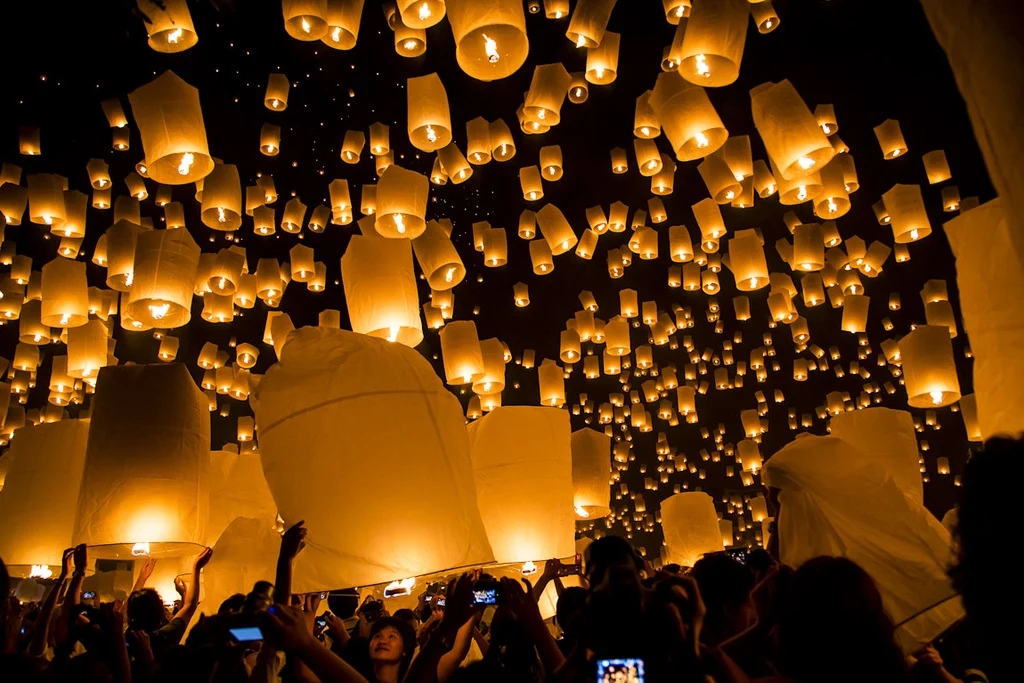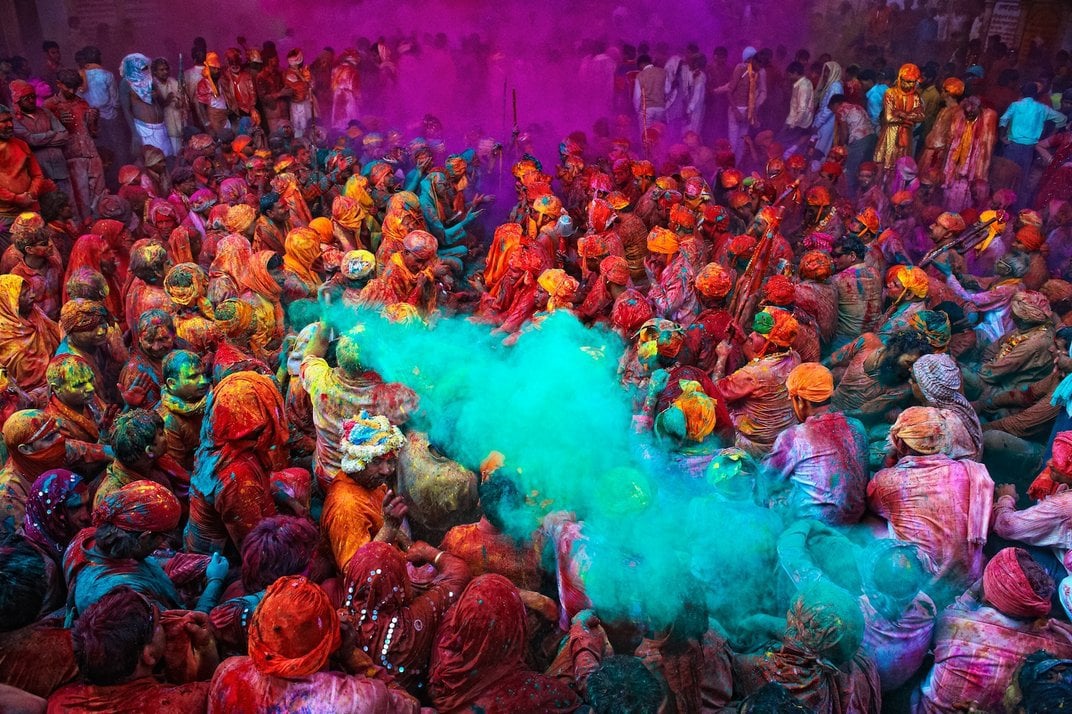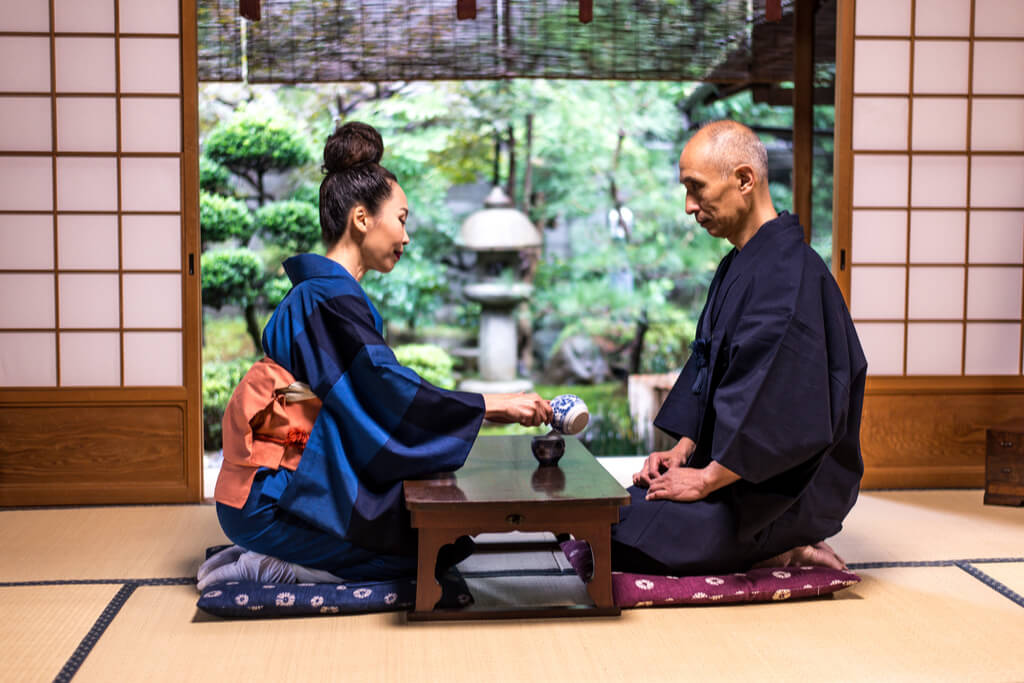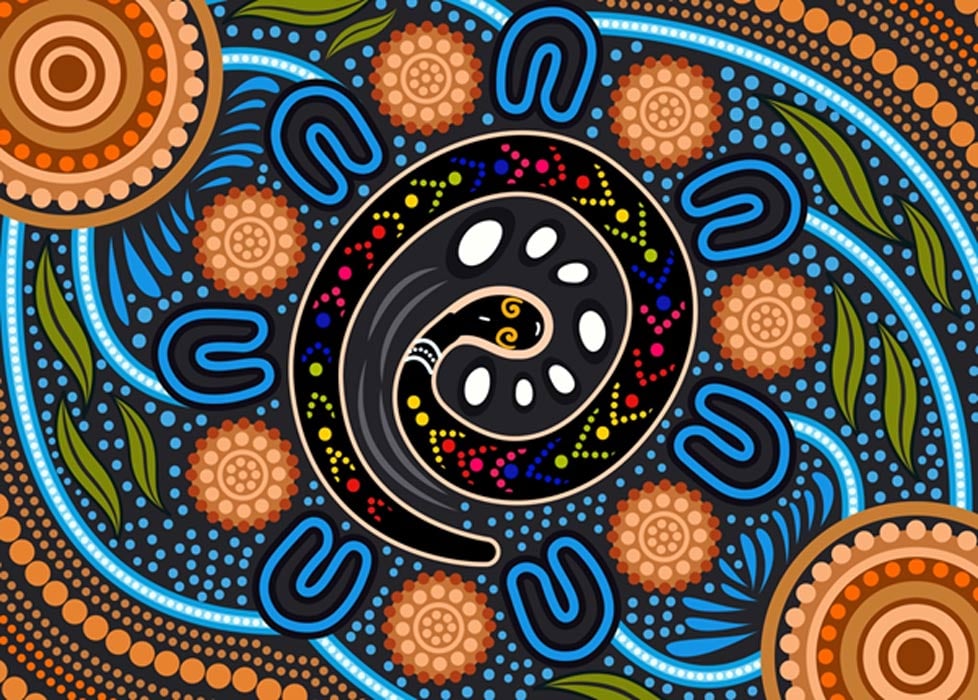Fascinating Cultural Rituals And Traditions - A Look At Unique Customs And Practices
Human beings have a long and complex history of developing unique cultural rituals and traditions that are deeply rooted in their values, beliefs, and ways of life. From ancient times to the present day, these fascinating cultural rituals and traditions have been passed down from one generation to another, and they continue to play an important role in shaping our collective identity and sense of belonging.
Author:Xander OddityReviewer:Dr. Felix ChaosphereApr 21, 202320 Shares422 Views

Human beings have a long and complex history of developing unique cultural rituals and traditions that are deeply rooted in their values, beliefs, and ways of life. From ancient times to the present day, these fascinating cultural rituals and traditionshave been passed down from one generation to another, and they continue to play an important role in shaping our collective identity and sense of belonging.
Famous Cultural Rituals And Traditions Around The World
In this article, we will explore some of the most fascinating cultural rituals and traditions from around the world, spanning a wide range of geographies and historical periods.
Holi Festival, India
Holi is an ancient Hindu festival that celebrates the arrival of spring and the victory of good over evil. It is widely celebrated in India and Nepal, as well as in other parts of the world where there is a significant Hindu population. The festival usually falls in late February or early March and lasts for several days.
One of the most striking features of Holi is the use of colored powders and water. During the festival, people throw brightly colored powders and water at each other, creating a riot of color and joy. This tradition is believed to have originated from the legend of Lord Krishna, who enjoyed playing pranks on his friends by smearing them with colors.
In addition to the playful throwing of colors, Holi is also a time for feasting, music, and dance. Special foods, such as gujiya(a sweet pastry) and thandai(a flavored milk drink), are prepared for the occasion. People also gather to sing and dance to traditional folk songs and Bollywood tunes.
Día De Los Muertos, Mexico
Día de los Muertos, or the Day of the Dead, is a colorful and vibrant Mexican holiday that celebrates the memory of deceased loved ones. The holiday is celebrated on November 1st and 2nd, which coincides with the Catholic holidays of All Saints' Day and All Souls' Day.
One of the most recognizable features of Día de los Muertosis the elaborate altars, or ofrendas, that are created in honor of the deceased. These altars are often decorated with marigold flowers, candles, photographs, and other items that were important to the person being remembered. Families also offer food and drinks, such as pan de muerto(bread of the dead) and sugar skulls, as a way of welcoming their loved ones back to the world of the living.
Día de los Muertos is a time of celebration and remembrance, rather than mourning. Families gather to share stories and memories of their loved ones, and many communities hold parades and other festive events. The holiday is a way of connecting with the past and celebrating the rich cultural heritage of Mexico.
In recent years, Día de los Muertoshas gained popularity in other parts of the world, particularly in the United States. The holiday has become a way for Mexican Americans and others to celebrate their heritage and connect with their roots. Today, Día de los Muertosis recognized as an important cultural tradition that celebrates the cycles of life and death.
Tea Ceremony, Japan
The tea ceremony, also known as the Way of Tea, is a traditional Japanese practice that is rooted in the principles of Zen Buddhism. The ceremony is a highly ritualized and formalized process that involves the preparation and serving of matcha, a powdered green tea.
The tea ceremony is typically performed in a special room known as a chashitsu, which is designed to be a peaceful and tranquil environment. The ceremony is led by a host, or tea master, who is responsible for creating an atmosphere of harmony and respect. The guests, in turn, are expected to follow a set of strict etiquette rules that are designed to promote humility and mindfulness.
The tea ceremony is not just about the tea itself, but also about the overall experience of being present in the moment and appreciating the beauty of the surroundings. The ceremony involves a series of precise movements, such as the way the tea bowl is handled and the way the tea is whisked, that are intended to create a sense of calm and focus.
Carnival, Brazil
Carnival is an annual festival that is celebrated in many parts of the world, but is perhaps most closely associated with Brazil. The festival is held in the days leading up to Ash Wednesday, which marks the beginning of the Christian season of Lent.
Carnival is a time of joy, celebration, and revelry, with colorful parades, music, dancing, and costumes. In Brazil, the largest and most famous Carnival celebration takes place in Rio de Janeiro, where thousands of people gather in the streets to dance and sing.
One of the most striking features of Carnival is the elaborate costumes and masks that are worn by the participants. These costumes often feature bright colors, feathers, sequins, and other eye-catching decorations, and are designed to reflect the rich cultural heritage of Brazil.
The Carnival parades are another key part of the festivities, with competing samba schools putting on elaborate displays of music, dance, and performance. The parades are a showcase for the creativity and artistry of the participants, as well as a celebration of the diversity and cultural richness of Brazil.
Coming Of Age Ceremony, Japan
The Coming of Age Ceremony, or Seijin-no-Hi, is a traditional Japanese rite of passage that marks the transition from childhood to adulthood. The ceremony is held annually on the second Monday of January and is celebrated throughout Japan.
The ceremony is a formal event that recognizes the accomplishments of young people who have turned 20 years old in the previous year. It is a time for young adults to reflect on their past, present, and future, and to acknowledge their responsibilities as members of society.
The Coming of Age Ceremony typically involves a formal ceremony in which the young adults dress in traditional Japanese clothing and attend a ceremony at a local government office or other public venue. After the ceremony, the young adults may visit shrines or temples to offer prayers for their future.
Aboriginal Dreamtime, Australia
Aboriginal Dreamtime is a cultural tradition that is practiced by the indigenous people of Australia. The Dreamtime is a term that refers to the time when the world was created by ancestral spirits, and is a central part of Aboriginal mythology.
According to Aboriginal beliefs, the world was created by ancestral spirits who shaped the land, water, and sky. These spirits also created the first humans and animals, and continue to guide and protect them to this day.
The Dreamtime is not just a creation story, but also a way of life for the Aboriginal people. It is a spiritual tradition that informs their beliefs, values, and practices, and is an important part of their cultural identity.
People Also Ask
What Are Some Fascinating Cultural Rituals And Traditions From Around The World?
Some fascinating cultural rituals and traditions from around the world include the Holi Festival in India, the Carnival in Brazil, the Tea Ceremony in Japan, the Day of the Dead in Mexico, and the Coming of Age Ceremony in Japan.
What Is The Holi Festival In India?
The Holi Festival is a Hindu spring festival celebrated in India and other parts of South Asia. It is also known as the "Festival of Colors" and is celebrated by throwing colored powder and water on each other to signify the victory of good over evil and the arrival of spring.
What Is The Significance Of The Day Of The Dead In Mexico?
The Day of the Dead, or Dia de los Muertos, is a Mexican holiday that honors deceased loved ones. It is believed that on this day, the spirits of the dead return to the world of the living to be with their families and friends.
What Is The Tea Ceremony In Japan?
The Tea Ceremony, also known as Chanoyuor Sado, is a traditional Japanese ritual that involves the preparation and serving of tea. It is a way for the host and guests to connect with each other and appreciate the beauty of simplicity and harmony.
What Is The Coming Of Age Ceremony In Japan?
The Coming of Age Ceremony, or Seijin-no-Hi, is a traditional Japanese rite of passage that marks the transition from childhood to adulthood. It is a formal event that recognizes the accomplishments of young people who have turned 20 years old in the previous year and emphasizes the importance of responsibility and maturity.
Conclusion
One of the most fascinating aspects of these fascinating cultural rituals and traditions is their sheer diversity. Across the world, different cultures have developed unique practices and customs that reflect their unique histories, geographies, and social structures. Some of these practices have been around for centuries, while others have emerged more recently in response to changing cultural and social trends.

Xander Oddity
Author
Xander Oddity, an eccentric and intrepid news reporter, is a master of unearthing the strange and bizarre. With an insatiable curiosity for the unconventional, Xander ventures into the depths of the unknown, fearlessly pursuing stories that defy conventional explanation. Armed with a vast reservoir of knowledge and experience in the realm of conspiracies, Xander is a seasoned investigator of the extraordinary.
Throughout his illustrious career, Xander has built a reputation for delving into the shadows of secrecy and unraveling the enigmatic. With an unyielding determination and an unwavering belief in the power of the bizarre, Xander strives to shed light on the unexplained and challenge the boundaries of conventional wisdom. In his pursuit of the truth, Xander continues to inspire others to question the world around them and embrace the unexpected.

Dr. Felix Chaosphere
Reviewer
Dr. Felix Chaosphere, a renowned and eccentric psychiatrist, is a master of unraveling the complexities of the human mind. With his wild and untamed hair, he embodies the essence of a brilliant but unconventional thinker. As a sexologist, he fearlessly delves into the depths of human desire and intimacy, unearthing hidden truths and challenging societal norms.
Beyond his professional expertise, Dr. Chaosphere is also a celebrated author, renowned for his provocative and thought-provoking literary works. His written words mirror the enigmatic nature of his persona, inviting readers to explore the labyrinthine corridors of the human psyche.
With his indomitable spirit and insatiable curiosity, Dr. Chaosphere continues to push boundaries, challenging society's preconceived notions and inspiring others to embrace their own inner tumult.
Latest Articles
Popular Articles


